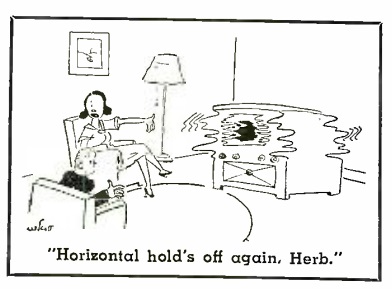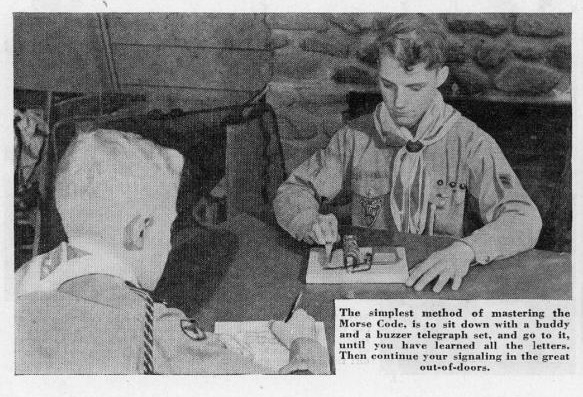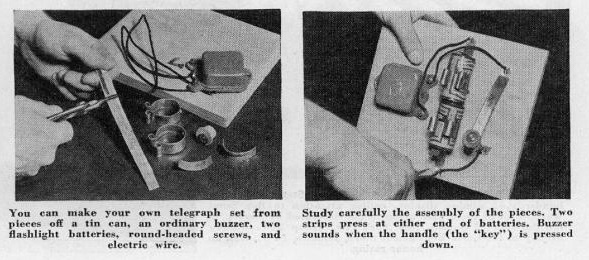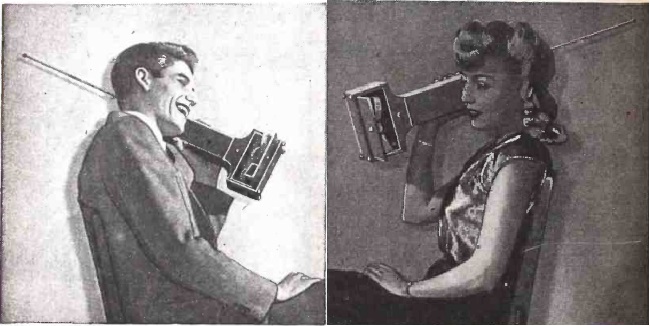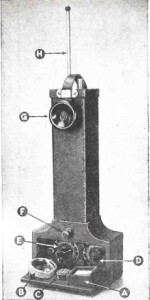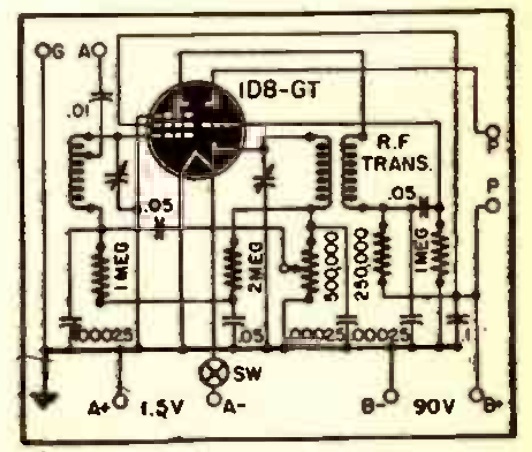 If Junior is looking for a fast science fair project for the deadline tomorrow, this one (and others) involving magnetism appeared 80 years ago this month in the March 1945 issue of Popular Science.
If Junior is looking for a fast science fair project for the deadline tomorrow, this one (and others) involving magnetism appeared 80 years ago this month in the March 1945 issue of Popular Science.
You’ll need a magnet, a compass, a needle, a clothespin (or some similar object to hold the needle) and some method of generating fire, such as a lighter.
Magnetize the needle by rubbing it on the magnet. After doing so, hold it near the compass, and the compass needle will point toward it. To demonstrate the molecular theory of magnetism, then heat the needle up to red hot. Hold it toward the compass again, and it will have no effect, or only a weak effect.
This is because the needle became magnetized because all of the molecules within became magnetized in the same direction. When the needle is heated, the atoms can move more freely, and are aligned in random directions.
Some links on this site are affiliate links, meaning that this site earns a small commission if you make a purchase after using the link.
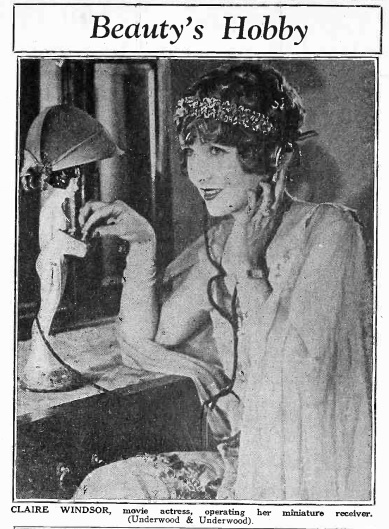 Shown here is actress Claire WIndsor, who is pulling in a favorite program on her miniature receiver. She often played an upscale society girl, and was a trendsetter of 1920’s fashions.
Shown here is actress Claire WIndsor, who is pulling in a favorite program on her miniature receiver. She often played an upscale society girl, and was a trendsetter of 1920’s fashions.
